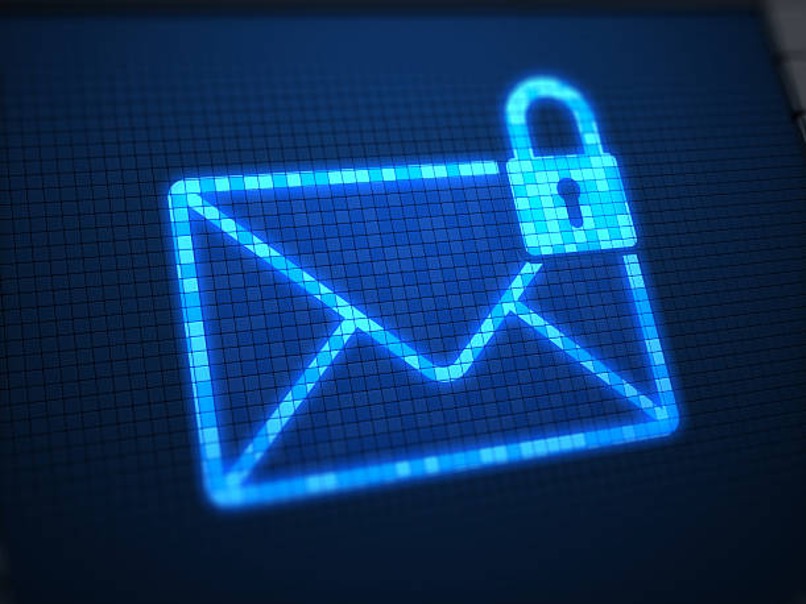
If you’ve ever been hacked or targeted by cybercriminals, you understand how powerless an attack can make you feel. But it doesn’t have to be this way. The greatest defense you can have is knowledge, and it will certainly benefit you in protecting your email accounts. To prepare for what might be coming your way, be sure to read up on the widespread email threats below.
1. Email capture
If your emails are intercepted or rerouted to a destination different from the one intended, you may face two problems – the lack of delivery (and correspondingly, response) from the intended recipient, as well as a breach of confidentiality in regards to the information and/or files you were sending. When this happens, it is usually caused by insecure and unencrypted communications, so one mitigation technique is to use an encrypted email service.
2. Business Email Compromise (BEC)
It would be a mistake to assume that once a hacker gets access to an email account, they will be content with stealing its contents. What you often see happen instead (especially in the business world) is that the compromised account is used to contact other email addresses, requesting information or access that puts the whole company at risk.
3. Phishing
Given how common phishing attacks have become, it is no wonder that the term has made its way into the lexicon of millions of professionals. A phishing attack has an objective of obtaining comprehensive data (customarily login details, bank card numbers, etc.), and done by posing as a respected person/organization. It falls into the category of social engineering, and persuasion is aided by urgent requests: people are intimidated by fictive consequences if they don’t act quickly.
4. Insider threat
When discussing digital threats, trickery and mistakes are common themes. But some breaches caused by trusted persons are intentional, with the people pursuing personal interests despite understanding the criminal potential. Insider threats are difficult to protect against unless you have some indications of strange behavior/views of the person. Subsequently, one of the only mitigation techniques is limiting the scope of data that can be accessed/transmitted beyond the company premises/network.
5. Reputation issues
As strange as it may sound, it is possible for an email account that has never sent spam to end up in a spam blacklist. This can happen if an attacker spoofs your address and sends dozens or hundreds of unsolicited emails, making it seem like you are responsible. This threat can be mitigated by setting up a DKIM and DMARC record on the domain associated with emails, as this ensures more stringent checks of sender information.
6. Chain mail
Have you ever wondered why people send chain messages of the type “Share this with 8 friends and your dream will come true this week”? This is usually a technique for harvesting email addresses, especially those of impressionable people. If your address ends up in such a list, you will likely face a continuous flood of spam or more malicious messages. At best, this will only fill up your mailbox, and at worst, one of the messages could cause some type of breach.
Interesting Related Article: “How Email Security Services Can Help Your Business?“

